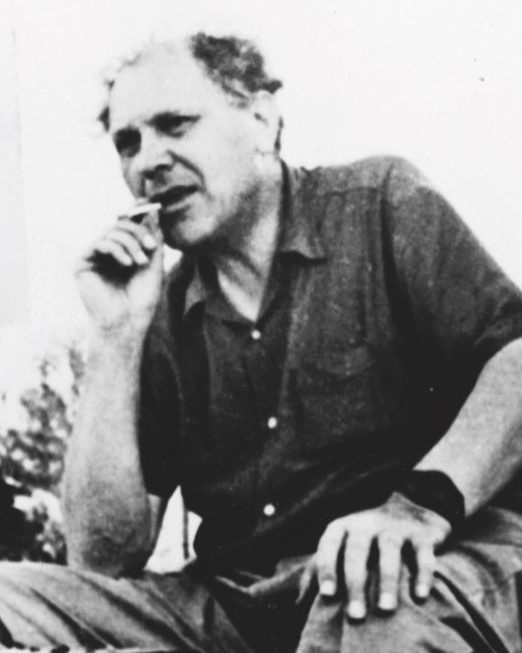Bernard ALTSCHULER
December 31, 2018Georges ASCHER
January 1, 2019Isaac ANTCHER
PERESECINA (BESSARABIA) 1899 – PARIS 1992
Isaac Antcher’s family worked as storekeepers. In 1920, Antcher left for France and joined his brother in Calais. One year later, he discovered Paris. Between 1921 and 1924, Antcher traveled to Palestine; he studied at the Bezalel School of Fine Arts in Jerusalem and was a pioneer at the Haddera Kibbutz. Back in Paris in 1924, he worked several small jobs as an employee at Renault in Boulogne-Billancourt, as a Russian teacher, and as a signwriter. He worked at night and studied by day at Académie de la Grande Chaumiere. In 1927, encouraged by his admission to the Salon d’Automne, he submitted a landscape to art dealer Leopold Zborowski who introduced him to collector Jonas Netter. The three men signed a contract. In exchange for 2,000 francs per month, Zborowski acquired his whole work. In 1939, the war broke out and Antcher volunteered to serve in the army. He was discharged from service and joined his family in Montpellier in 1941. In 1943, the Antcher family found refuge in Switzerland and met the Fenster family. Isaac Antcher was interned in a labor camp. Back in Paris after the Liberation, he found his studio empty and continued to paint for the rest of his life.
Stories of Jewish Artists of the School of Paris 1905-1939
FRENCH-ENGLISH
Capitale des arts, le Paris des années 1905-1939 attire les artistes du monde entier. De cette période de foisonnement, un terme est resté, celui d'Ecole de Paris, qui recouvre une grande diversité d'expression artistique. Dans ce brassage dont Montparnasse est le creuset, un groupe se distingue : celui des artistes juifs venus de Russie, de Pologne et d'Europe centrale. Si leurs styles sont variés, un destin commun les rassemble : ils fuient l'antisémitisme de leur pays d'origine. Certains ont connu la célébrité dès les années 1920, tels Soutine, Lipchitz ou Chagall. D'autres n'ont pas eu le temps ou la chance d'y accéder. Près de la moitié a péri dans les camps de concentration nazis.
From 1905 to 1939, Paris attracted artists from all over the globe as the capital of the art world. This period of artistic proliferation became known as the School of Paris, and includes a great diversity of artistic expression. Within the teeming art world centred on Montparnasse, one group set itself apart: Jewish artists from Russia, Poland, and Central Europe. Although their styles were diverse, they shared the common fate of fleeing anti-Semitic persecutions in their home countries. Some became famous in the 1920s, such as Soutine, Lipchitz, and Chagall, while others did not have the time or the luck to gain renown. Nearly half of these artists died in Nazi concentration camps.





